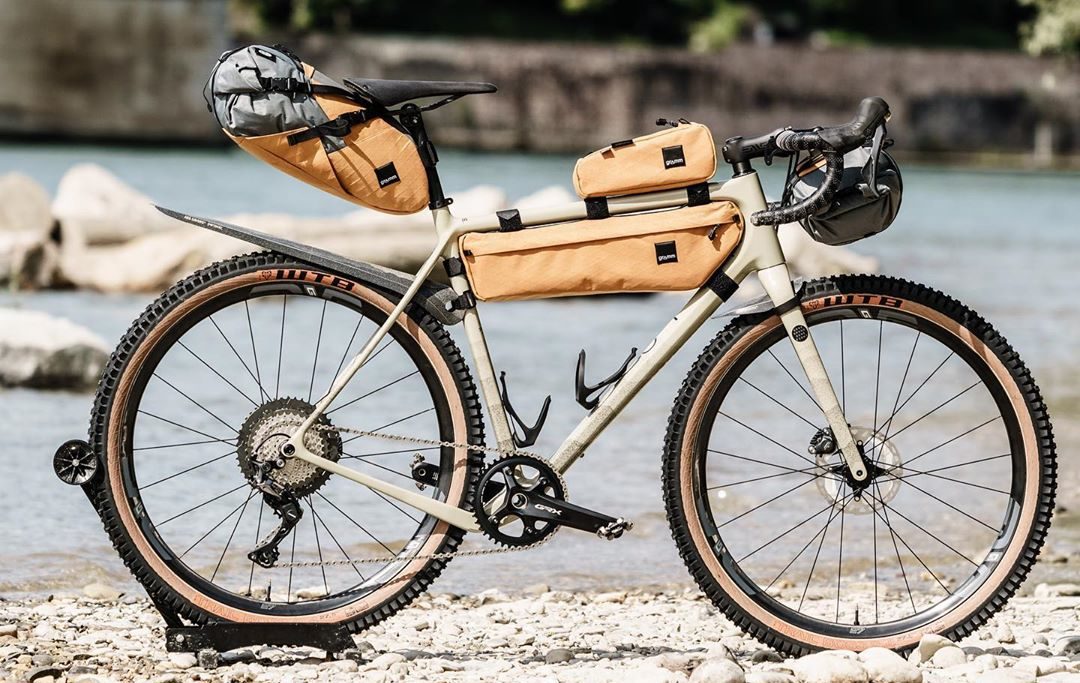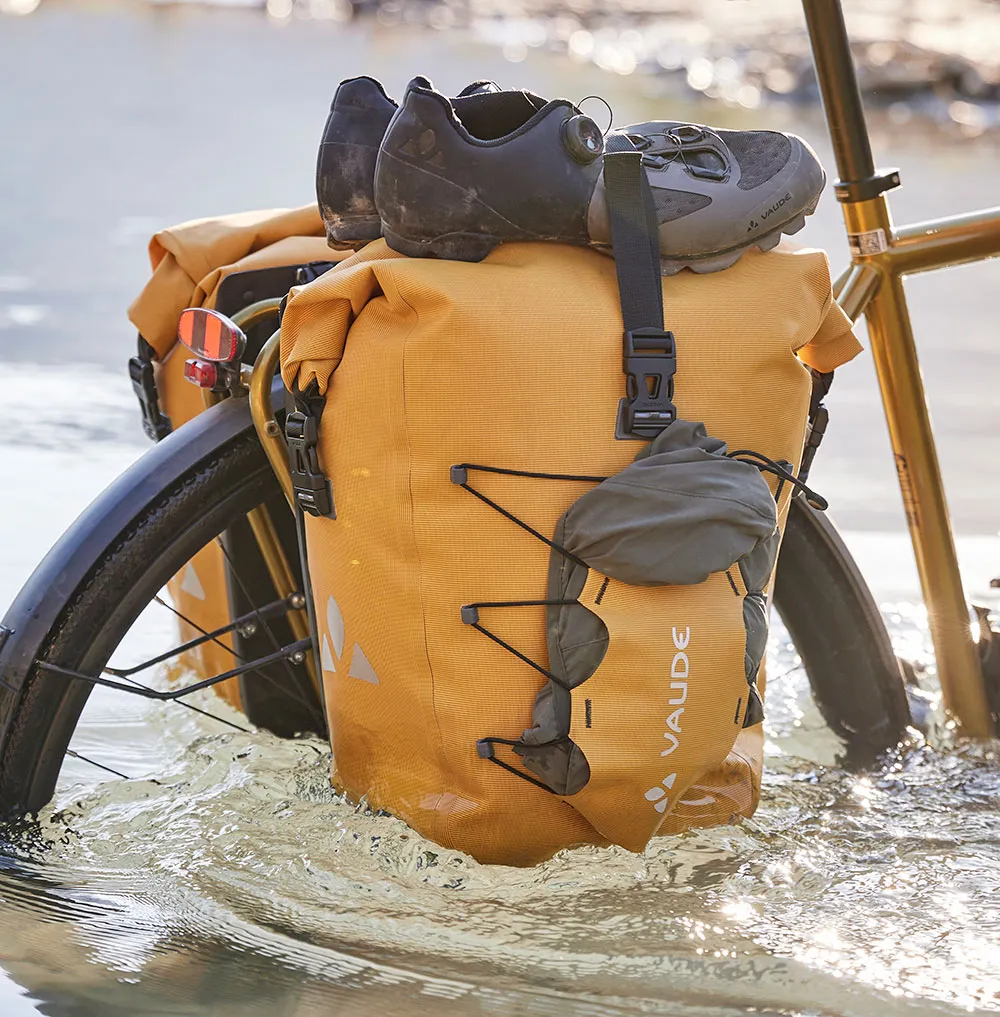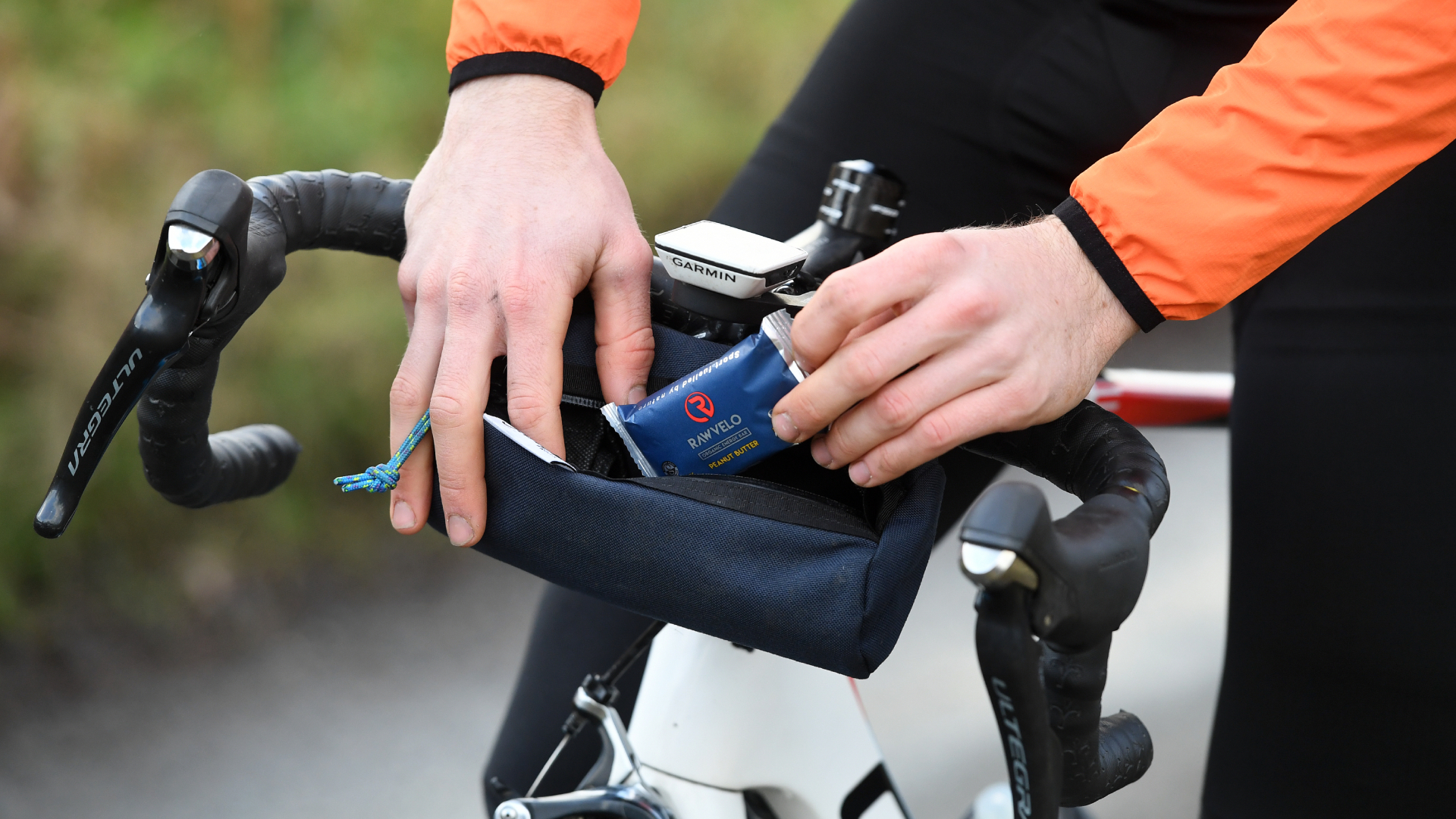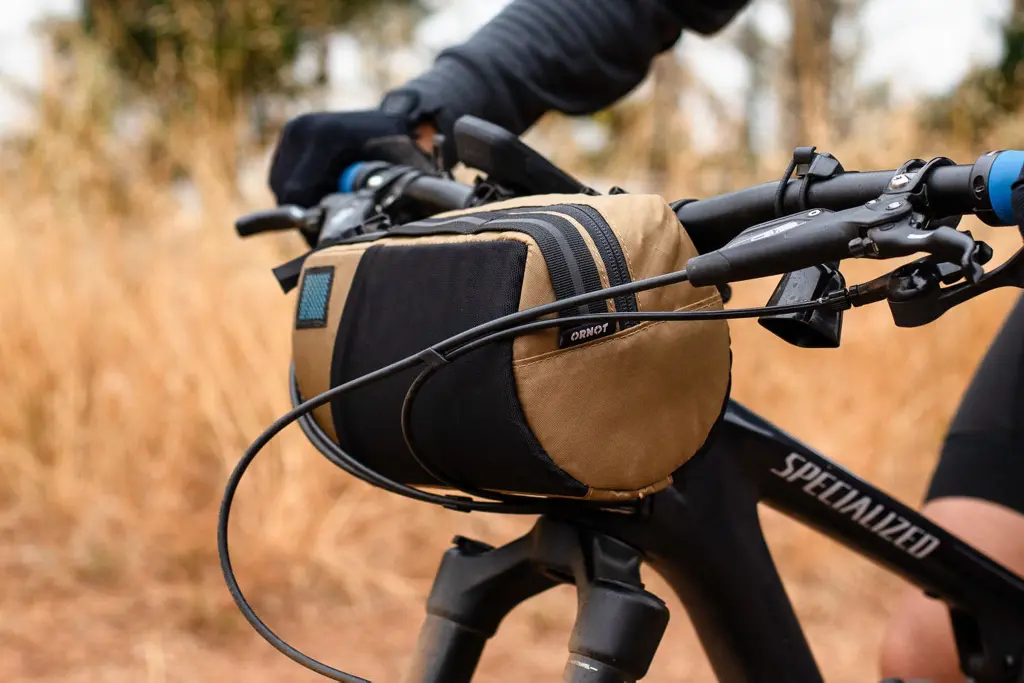I. Introduction

A. The rising popularity of bicycle bags In recent years, bicycle bags have gained immense popularity among cyclists. These bags provide a convenient and practical solution for carrying essential items during cycling journeys. They offer numerous benefits, making them a must-have accessory for cyclists of all levels.
B. Benefits of using bicycle bags on your cycling journeys Using bicycle bags during your cycling journeys can greatly enhance your overall experience. They provide ample storage space for important items such as water bottles, tools, snacks, and extra clothing. Additionally, they improve weight distribution on the bike, reduce strain on the body, and offer easy accessibility to your belongings.
II. Types of Bicycle Bags
A. Handlebar Bags
- Purpose and functionality Handlebar bags are designed to be mounted on the front of the handlebars. They offer quick and easy access to essential items and are ideal for carrying small to medium-sized belongings. Their compact size and close proximity to the rider make handlebar bags convenient for storing navigation devices, snacks, and smaller personal items.
- Mounting options and considerations Handlebar bags can be mounted using different systems, such as straps, brackets, or quick-release mechanisms. It is crucial to consider factors like handlebar diameter, bag stability, and load capacity when choosing a mounting option. Proper attachment ensures the bag remains secure during the ride without interfering with steering or visibility.
B. Frame Bags
- Advantages of frame bags Frame bags are designed to fit within the triangle created by the bicycle frame. This type of bag maximizes storage space while maintaining a low center of gravity, enhancing bike stability. Frame bags are ideal for carrying heavier or bulkier items such as tools, spare tubes, maps, or extra clothing. They also provide easy access to belongings without interfering with pedaling or maneuverability.
- Sizes and compartments available Frame bags come in various sizes and configurations, offering compartments and pockets to organize belongings efficiently. Consider the size and shape of your bike frame when selecting a frame bag to ensure a proper fit. Additionally, choose a frame bag with compartments that suit your storage needs and preferences.
C. Panniers
- Introduction to panniers Panniers are bags designed to be mounted on racks attached to the front or rear of a bicycle. They offer larger storage capacity than handlebar bags or frame bags, making them suitable for longer trips or commuting. Panniers are commonly used for carrying clothing, camping gear, groceries, or other bulky items.
-
Rear and front panniers: differences and usages Rear panniers are generally larger and more popular for long-distance touring or commuting. They provide a balanced load distribution on the rear rack and offer ample space for clothing, camping gear, or personal belongings. Front panniers, on the other hand, are smaller and typically used in conjunction with rear panniers to help distribute weight evenly. They are suitable for storing lighter items, snacks, or tools.
III. Factors to Consider When Choosing Bicycle Bags
A. Capacity and Size

- Assessing your storage needs Before selecting a bicycle bag, it’s important to assess your storage needs. Consider the items you typically carry during your rides, such as snacks, water bottles, spare clothes, tools, and personal belongings. This assessment will help determine the appropriate size and capacity of the bag(s) you require.
- Considering the weight distribution on your bike When choosing a bicycle bag, it’s crucial to consider the weight distribution on your bike. Balancing the weight between the front and rear of the bike helps maintain stability and control while riding. For heavier items, such as tools or camping gear, rear panniers can be ideal, while lighter items can be stored in handlebar or frame bags.
B. Durability and Weather Resistance
- Material choices for durability Bicycle bags are subjected to various conditions, including rough terrains and exposure to the elements. Selecting bags made from durable materials, such as nylon or Cordura, ensures longevity. Look for bags with reinforced stitching and durable zippers for added durability.
- Waterproof and weather-resistant features Weather resistance is essential for keeping your belongings dry and safe during wet conditions. Choose bags that offer waterproof or water-resistant properties, as they protect your items from rain or splashes. Look for features like welded seams, waterproof zippers, or integrated rain covers for enhanced protection.
C. Mounting and Accessibility

- Suitable attachment systems for your bike Different types of bags require specific mounting systems, so it’s important to choose one that will securely and easily attach to your bike. Consider options such as quick-release systems, straps, or Velcro attachments, depending on your bike’s design and personal preference.
- Easy access to belongings during the ride Accessing your belongings while on the go is critical for convenience and efficiency. Look for bags with easy-to-access compartments, external pockets, or quick-release buckles to allow for effortless retrieval of items without having to dismount or disrupt your ride.
IV. Practical Tips for Organizing Your Bicycle Bags
A. Categorizing your items
- Essential items for easy access Organize your bicycle bags by categorizing items based on their frequency of use. Place essential items like phone, wallet, or snacks in easily accessible compartments or external pockets for quick access during the ride.
- Separating and securing fragile items To prevent damage to fragile items like cameras or sunglasses, consider using smaller pouches or padded sleeves to keep them separate from other items. This separation ensures they remain protected during your ride.
B. Strategic packing techniques

- Utilizing packing cubes or compression sacks To maximize the space in your bicycle bags, consider using packing cubes or compression sacks. These storage accessories help compress clothing and other soft items, allowing for more efficient use of space in your bags.
- Distributing weight evenly in panniers or frame bags Ensure proper weight distribution by placing heavier items closer to the center and bottom of your panniers or frame bags. This distribution helps maintain balance and stability during your ride, preventing unnecessary strain on your bike.
C. Safety precautions
- Ensuring proper balance and stability on the bike Maintaining proper balance and stability is crucial for safe cycling. Distribute the weight evenly between the front and rear bags to avoid excessive strain on one side, which could affect your control and handling.
- Securing bags with additional straps or bungee cords For added security, consider using additional straps or bungee cords to secure your bags to the bike’s rack or frame. This extra measure ensures that the bags stay in place, even when riding over rough terrain or encountering bumps.
In conclusion, choosing the right bicycle bags involves considering factors such as capacity and size, durability and weather resistance, as well as mounting and accessibility. By organizing your items, utilizing packing techniques, and taking safety precautions, you can optimize the efficiency and functionality of your bicycle bags. Enjoy your rides with well-organized, secure, and easily accessible belongings, enhancing your cycling experience to the fullest.

